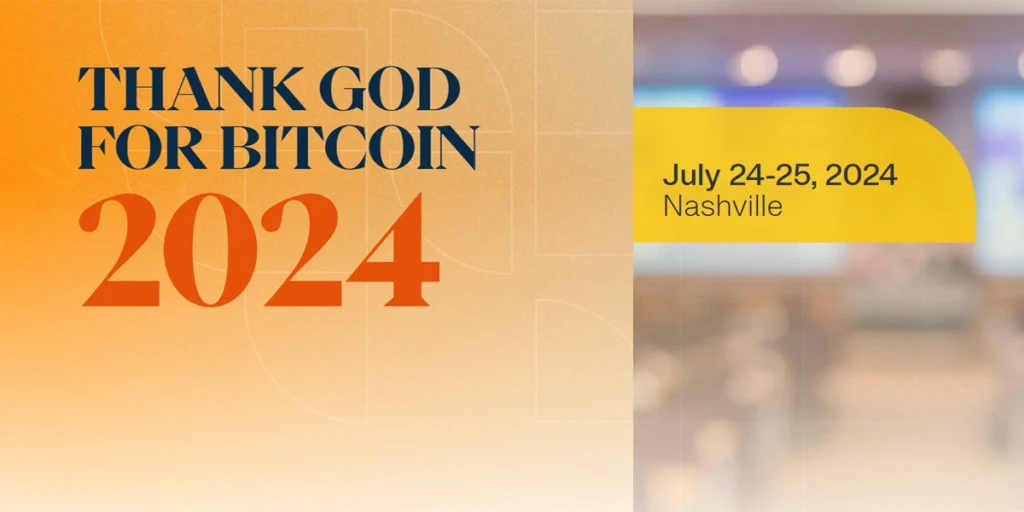Arbitrum is a layer 2 scaling solution for Ethereum. It’s designed to improve the scalability and efficiency of the Ethereum network by utilizing a technology called optimistic rollups. Optimistic rollups are a type of layer 2 solution that aims to reduce congestion and lower transaction costs on the Ethereum blockchain while maintaining the security of the main chain.

Key Points to Understand about Arbitrum:
- Scalability:
One of the primary goals of Arbitrum is to address Ethereum’s scalability challenges. It does this by batching multiple transactions into a single transaction, reducing the load on the Ethereum main chain and increasing the number of transactions that can be processed.
- Optimistic Rollups:
Arbitrum uses optimistic rollups, which allow transactions to be processed off-chain with quick validation, and then periodically batched onto the Ethereum main chain. This approach is intended to achieve high throughput without sacrificing security.
- Reduced Gas Fees:
By processing transactions off-chain and aggregating them onto the Ethereum main chain, Arbitrum aims to significantly lower gas fees, making transactions more affordable for users.
- Compatibility:
One of the advantages of Arbitrum is its compatibility with existing Ethereum smart contracts. Developers can deploy their existing contracts onto the Arbitrum network with minimal modifications.
- User Experience:
With lower transaction fees and faster confirmation times, Arbitrum could potentially enhance the user experience for decentralized applications (DApps) and users interacting with the Ethereum ecosystem.
- Impact on Ethereum Price:
While Arbitrum’s implementation can influence the Ethereum network’s performance and user experience, predicting its direct impact on Ethereum’s price is complex due to the multitude of factors affecting cryptocurrency markets. How Rollups Inherit L1 Security
How Rollups Pass L1 Security Along
The fact that L2 solutions fully inherit the security of the L1 blockchain is one of its main advantages. However, how does this operate?
In a nutshell, rollups transmit transactions in batches to the L2 protocol rather than the L1 chain to minimize the volume (and eventually cost) of data posted to the L1. On the L2, the batches of transactions—including state operations, signature verification, and contract execution—are carried out. Following all of this, the L1 chain is handed the transaction data (calldata) summary and proof of computational integrity for storage. The proof shows that the transactions in the batch are valid, that the rollup implementation’s internal application logic is correctly followed, and that the state change that occurs after the execution of the transaction is valid.
For the L2, the L1 offers security in two different ways:
Data reliability
The L2 state is proved to be valid using this method by using fraud or validity proofs. By writing the hash of their most recent state root, L2 protocols occasionally communicate their state to the L1 chain. A smart contract on the L1 verifies this state root as a cryptographic validity proof utilizing zero knowledge in validity proofs. Honest observers are used in fraud proofs to keep an eye on the layer 2 chain. Any suspected improper state root submission to L1 can be reported, and if fraud is demonstrated, the chain will be automatically rolled back.
Availability of data
In the event of transaction disputes, data availability allows users to independently reconstruct the state of the L2 network, permitting trustless departures to L1. When users withdraw or use their money, it makes sure they can prove they are the rightful owners of it. Typically, to achieve data availability, calldata is used to record L2 transactions on L1 or an additional data availability layer with cryptographic or crypto-economic guarantees is used. While broadcasting calldata on Ethereum is expensive yet useful, using other methods can be too expensive. A different strategy entails storing data off-chain with a different custodian.
How Optimistic Rollups Work
Until a fraud-proof specifies otherwise, optimistic rollups presume that transactions are valid by default. The rollup provider waits a few days after posting the transaction details to the chain. The rollup provider forfeits its stake, and the transaction rolls back, if an external validator complains that the transaction data is invalid and provides fraud proof.
Optimistic rollups use an Ethereum sidechain that functions in parallel with the host blockchain. The optimistic rollup offers a new state to the parallel L1 and writes it to the L1 as calldata if there is no protest. An Ethereum contract’s calldata data area acts like memory or history logs and is used to send arguments to functions.
The drawbacks of optimistic rollups include:
- The protracted waiting periods for fraud proofs
- Attacks are more likely to succeed if a roll-up’s value is greater than the amount of an operator’s deposit.
- If the L1 chain is compromised, relying on it for security could be harmful.
- The protracted wait times to return money to Ethereum
- Without trustworthy nodes, a rogue operator might take advantage of the system by publishing erroneous blocks and state commitments, possibly stealing money.
- The centralized sequencers have the ability to alter the order of transactions.
Security Features Of Arbitrum
The Arbitrum Optimistic Rollup (Arbitrum One) has a total value locked of $5.9 billion and a market share of 59% among all other L2 solutions. This is larger than the total of all previous ZK and Optimistic Rollups put together. As a result, it is not surprising that projects using Arbitrum were specifically targeted by the majority of the top attacks of May 2023.
Disclaimer
Remember, investing in cryptocurrencies involves risks, and it’s important to conduct thorough research and seek professional advice before making any financial decisions.
(Please keep in mind that this post is solely for informative purposes and should not be construed as financial or investment advice.)

